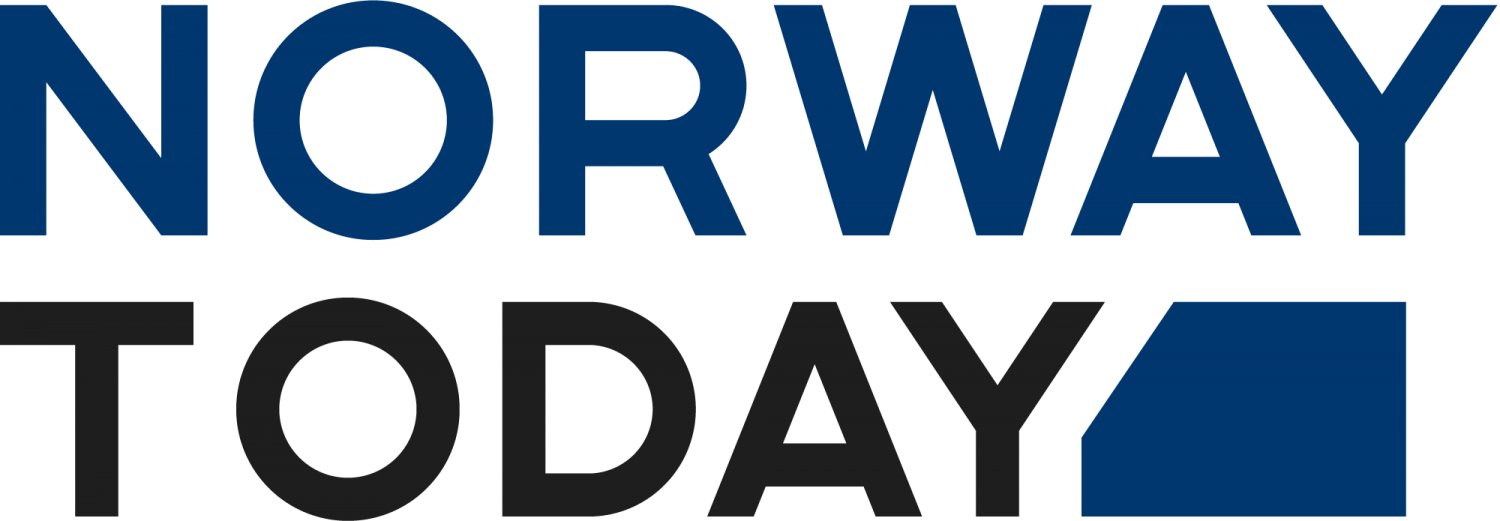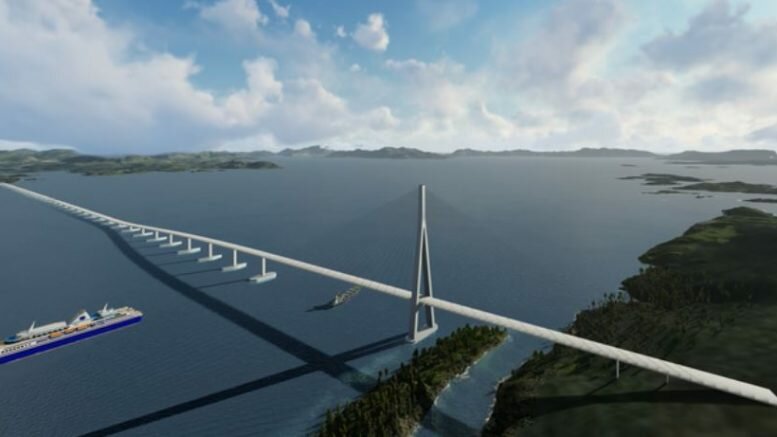Building the world’s longest floating bridge on the E39
Aas-Jakobsen, COWI and Multiconsult with Johs. Holt will assist the Norwegian Public Roads Administration (NPRA) to find the most advantageous bridge solution for the European Route 39 (E39) across Bjørnafjorden (the Bear Fjord) in Hordaland. This work will be done in parallel with another independent project group. The planned floating bridge will be 5 km long, making this bridge the world’s longest.
The work will be carried out on behalf of the Norwegian Road Administration region west and involves further developing and documenting four defined use options. The concept investigation will be the basis for the Norwegian Road Safety Authority’s final decision on the choice of bridge solutions.
“In such a project there is no standard solution, and we have established a group of highly experienced experts in the field of transportation and bridges, offshore and marine activities in partnership with partners. This is an exciting assignment that requires the development of technology, and of course, we are very pleased to be able to investigate and develop ultimate bridge solutions,” says Gunnar Egset, Head of Division in Multiconsult / Johs. Holt.
Svein Erik Jakobsen from Aas-Jakobsen will be project manager for the project group.
“This is perhaps the most challenging transport project in Norway in modern times, and we are looking forward to helping bring this closer to a final realization,” says Jakobsen.
The bridge across over Bjørnafjorden is part of the E39 project that will link Bergen, Stord, Haugesund and Stavanger. The ferry ride, which takes about 40 minutes, will only take 11 minutes by car when the ferry is replaced by a floating bridge.
About the E39 project
– The whole region will gain from connecting these two cities according to Signe Eikenes and Kjell Håvard Belsvik from The Norwegian Public Roads Administration (NPRA).
– Few things matter more than the roads we travel on every day. Roads make it possible for us to get to wherever we need to go, whether it is to school, to work, to shops or to hospitals. The NPRA builds safe roads for the future, and the Coastal Highway Route E39-project is not only about crossing the extreme fjords, but it is also about improving the road standard on the full stretch of the 1100 kilometres long road between Kristiansand and Trondheim.
They elaborate: With reduced travel time between cities in the region, both the workforce and the labour market will expand and become more flexible. This is one of the most important factors behind the Norwegian Storting’s decision to prioritize building an improved and ferry-free coastal highway route. A ferry-free crossing of The Bjørnafjord, south of Bergen and Rogfast (north of Stavanger) will be a catalyst for regional development and will be beneficial for both business and travel.
Do bridges really make a difference?
– A glance at the Sotra bridge and the North Hordaland bridge in Hordaland county tell us that bridges make a huge difference! The proposed plan for E39 Stord-Os aims to create a desirable societal development based on expanding the workforce and labour market along the E39. We are aware that many find the crossing of Bjørnafjorden too expensive and that the money should be spent elsewhere. A bridge over Bjørnafjorden is nevertheless useful for society, emphasizes Belsvik. The Storting decided in December 2013 to replace the ferry crossing with an alternative option, he adds.
When will one achieve the desired effect?
– There are many variables that will decide when we will achieve the desired effects, one of them is the developmental pace. The one thing we do know is that if we don’t realize the Bjørnafjorden crossing, we will have to continue to pay ferry tolls for all foreseeable future, Belsvik points out.
– Correspondingly, we know that a permanent bridge will give shorter travel times and hence will be profitable. By connecting Bergen and Stavanger we will create a powerful region. This is an area of high export-oriented industry, where all cost-reducing measures for business activities will help to strengthen the competitiveness of the entire region, explains Belsvik.
– When it comes to the question of construction startup and the question of toll, the Norwegian Public Roads Administration cannot advance the Storting’s future decisions, says Eikenes.
Fixed connections connect people
– Without the Nordhordland Bridge, the Askøy bridge and the Sotra bridge, all connecting towns with Bergen, the towns nearby these bridges wouldn’t have experienced the growth they have had, says Belsvik.
The Sotra Bridge opened in 1971, and since the late 1980s, the capacity has reached its maximum, and the population of Sotra has increased from 23,000 in 1990 to about 35,000 today.
– With a ferry-free connection between Stord and Os, we may see a similar development of the area between Bergen and Stavanger. When we connect Sunnhordland and Bergen, it will be just as easy to get from Tysnes to Bergen as it is from Os to Bergen today, he adds.
Eikenes explains that living rural becomes a real option when you can travel to and from cities easily.
– Towns and villages within a radius of one-hour commuting time to and from major city centres are experiencing a flux of people wanting to live there. When we reduce the travel time to Bergen, the Isle of Tysnes will be an attractive place to live for future generations, she says
Belsvik points out that Bergen will benefit greatly from value creation in the region, and it will attract businesses and expertise. With an improved and ferry-free E39, an express bus between Bergen and Stavanger can be a competitive alternative to aeroplanes. In the future when freight lorries will be run by electrical power, the emissions from road transport will surely be reduced.
An investment for the future
Strengthening the infrastructure in Western Norway will cost.
– We face many challenges and therefore need to develop new technology. We will build safe and sustainable roads for the future, and therefore we are doing elaborate research to ensure that we choose the right and safe solutions. Yes, we are stretching the boundaries of what is possible, but we will do it safely, stresses Belsvik.
Calculating the societal benefits of large infrastructure projects depends largely on the chosen analysis and calculation methods.
-“Hordfast” will give great socioeconomic benefits with current methodology. This is a hugely desirable development for most people who live in the region.
– We have the necessary knowledge to realize the goal of expanding and strengthening the settlement and labour markets along the West Coast, they conclude.
© Statens Vegvesen / #Norway Today




